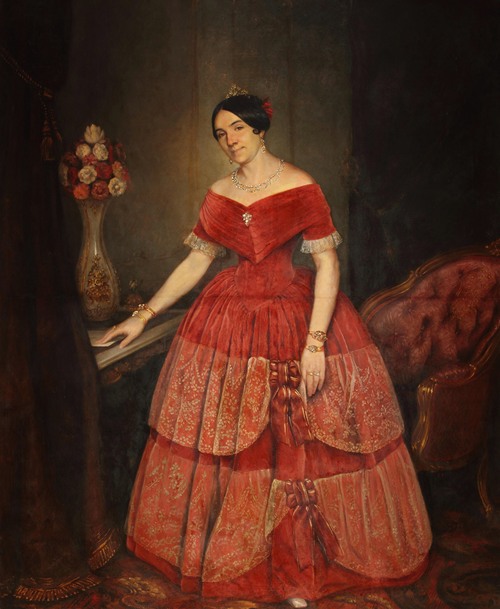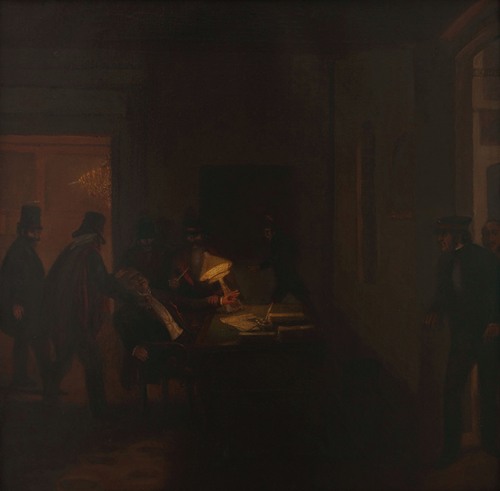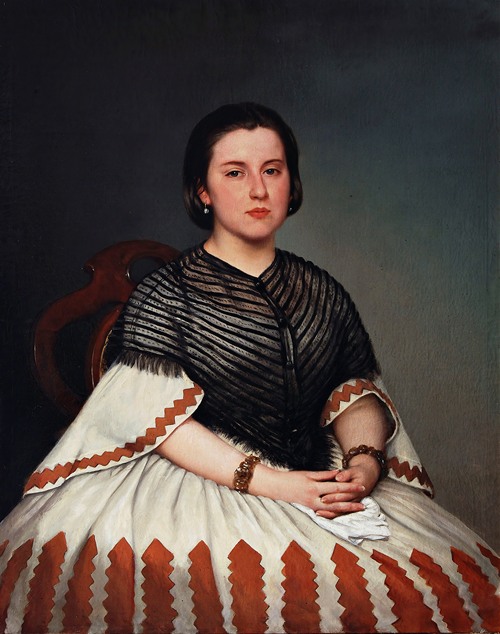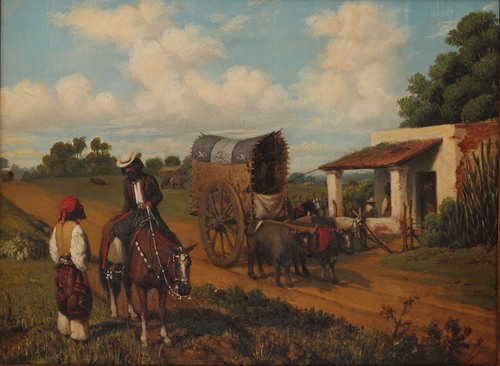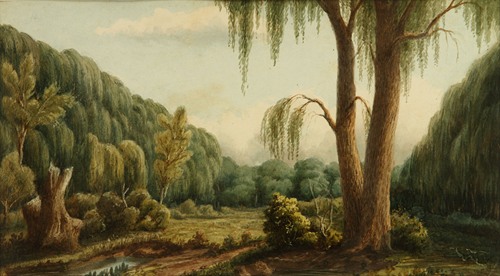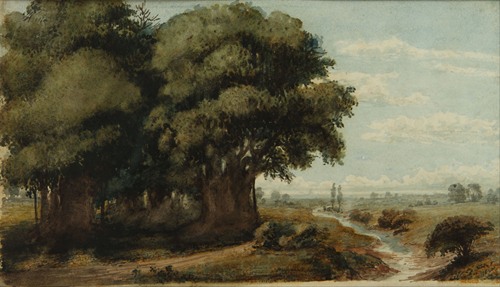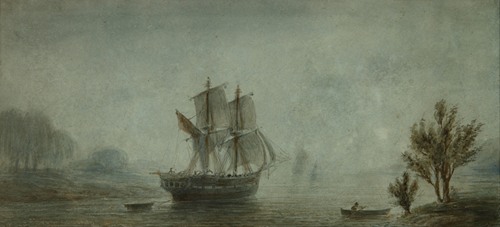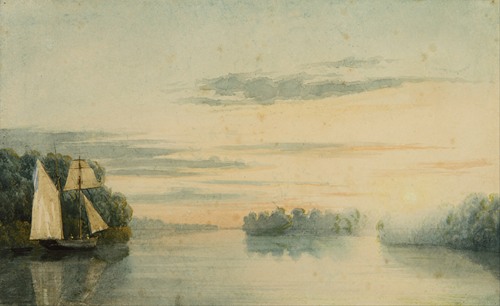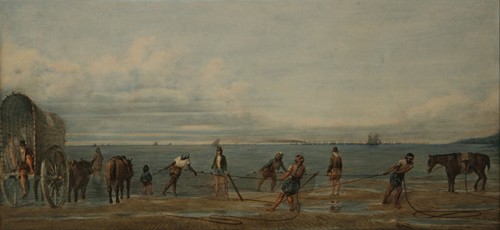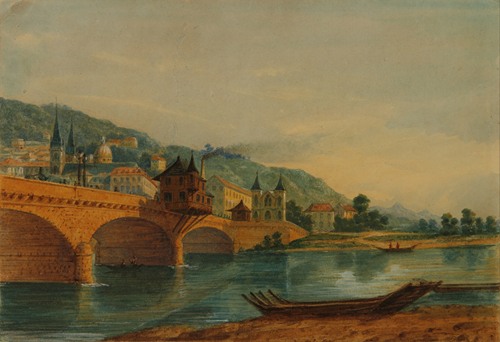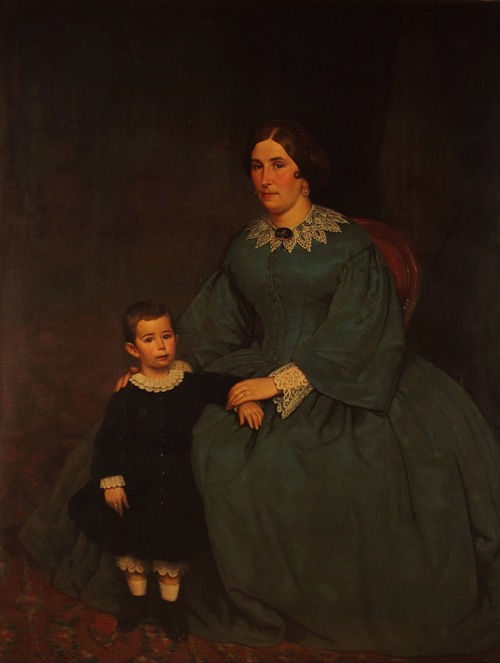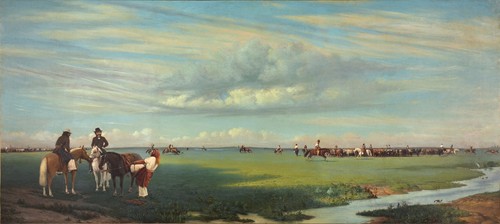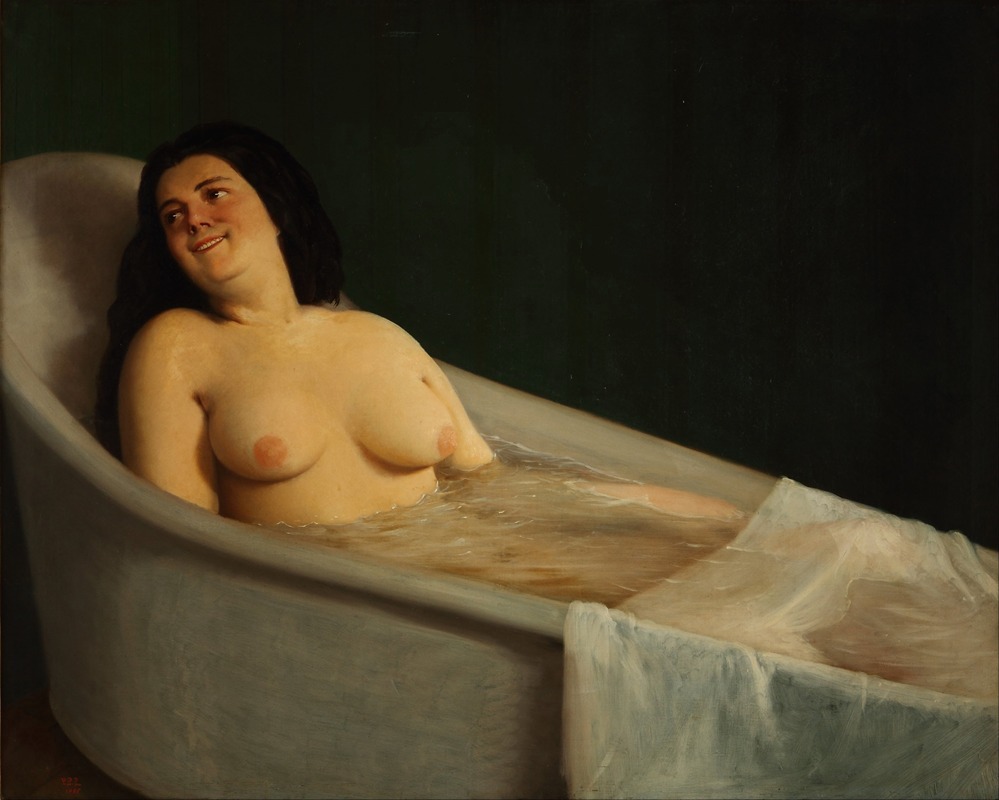
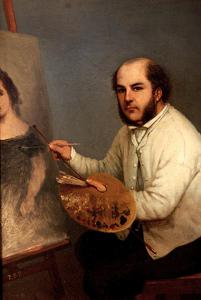
Prilidiano Pueyrredón was an Argentine painter, architect and engineer. One of the country's first prominent painters, he was known for his costumbrist sensibility and preference for everyday themes.
Pueyrredón was the only son of Juan Martín de Pueyrredón, then the Supreme Director of the United Provinces of the Río de la Plata, and María Calixta Tellechea y Caviedes, an aristocrat. He completed his primary education at the upper-class Colegio de la Independencia. In 1835 his family relocated to Europe, where he completed his education. He spent the school year in Paris and summers in Cádiz, where his father owned a business importing Argentine leather.
Six years later, as relations between France and Argentina suffered owing to the refusal of Juan Manuel de Rosas to grant commercial privileges to ships of French origin—a matter which would not be resolved until the Battle of Vuelta de Obligado a few years later—the Pueyrredóns left Europe for Río de Janeiro. The city's liberal atmosphere encouraged Pueyrredón's artistic vocation. On his return to Paris three years later he received his parents' permission to study engineering.
Although the young Prilidiano, already an engineer, was a peculiar figure by the standards of the porteño aristocracy, and although rumours abounded about his immorality, he managed to gain favour with the aristocracy by painting their portraits. His subjects included Manuelita, the daughter of Rosas, whom he painted in 1851, shortly before the caudillo's defeat at Caseros. He was the first painter in Buenos Aires to paint nudes, of which two, La siesta and El baño, survive to this day and are housed in the Museo Nacional de Bellas Artes.
